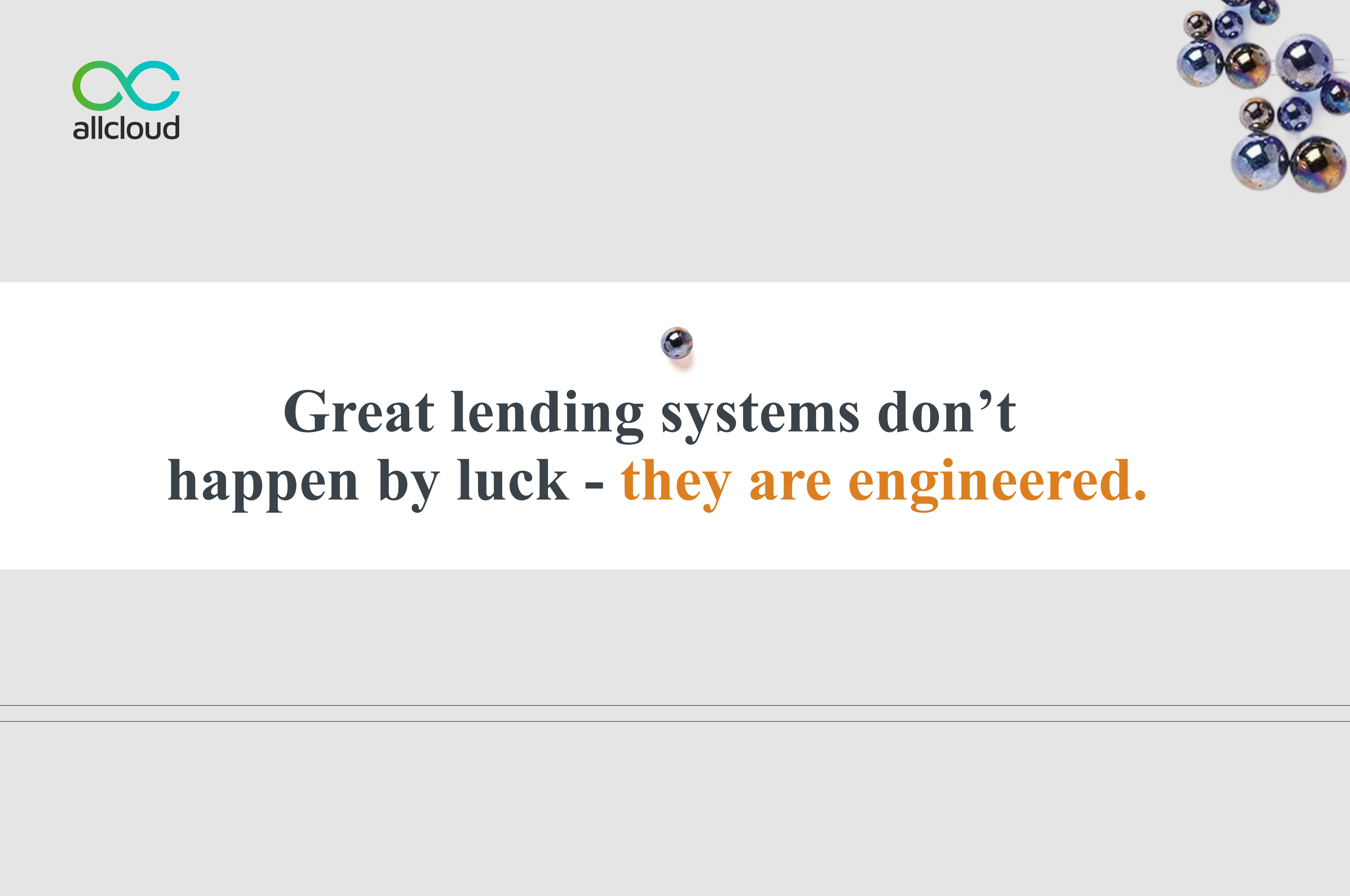Collaborative Lending for EV Financing: A Win-Win Situation for Banks and NBFCs
Get In Touch

Heading 1
Heading 2
Heading 3
Heading 4
Heading 5
Heading 6
Lorem ipsum dolor sit amet, consectetur adipiscing elit, sed do eiusmod tempor incididunt ut labore et dolore magna aliqua. Ut enim ad minim veniam, quis nostrud exercitation ullamco laboris nisi ut aliquip ex ea commodo consequat. Duis aute irure dolor in reprehenderit in voluptate velit esse cillum dolore eu fugiat nulla pariatur.
Block quote
Ordered list
- Item 1
- Item 2
- Item 3
Unordered list
- Item A
- Item B
- Item C
Bold text
Emphasis
Superscript
Subscript
The electric vehicle (EV) industry is witnessing rapid growth, and it is estimated that by 2030, a third of all vehicles sold globally will be electric. However, the high cost of EVs remains a barrier for many potential buyers. This is where collaborative lending comes into play. Collaborative lending, also known as co-lending, is a practice where multiple lenders come together to provide a loan to a borrower. In the context of EV financing, it refers to banks and non-banking financial companies (NBFCs)collaborating to offer loans to customers who wish to purchase an EV.
Collaborative lending is a partnership between banks and NBFCs to jointly finance a customer's EV purchase. This approach not only helps to mitigate the risk for the lender but also provides a range of benefits for the customer, including:
Increased Loan Amount
Collaborative lending allows for higher loan amounts to be disbursed, as the risk is shared between multiple lenders. This can help customers who may not have been able to afford an EV on their own to make the purchase. Competitive Interest Rates: With multiple lenders involved, customers can avail of competitive interest rates, resulting in lower EMI payments and reduced financial burden.
Wider Reach
Collaborative lending can help expand the reach of EV financing to a larger customer base, including those in rural or semi-urban areas where the penetration of EVs is low.
Faster Loan Disbursal
By partnering with multiple lenders, loan disbursal can be faster, ensuring a smoother customer experience. Reduced Risk: Banks and NBFCs can mitigate the risk associated with EV financing by sharing it among multiple parties. This can lead to a lower NPA ratio and better asset quality.
Improved Customer Retention
Collaborative lending can help banks and NBFCs improve customer retention by offering a range of financing options and providing a more convenient and streamlined process.
One of the major advantages of collaborative lending is that it reduces the risk for lenders. By sharing the risk, the lenders can offer larger loan amounts and longer repayment periods to customers. This is especially beneficial for customers who may not have the financial means to purchase an EV outright. Longer repayment periods can also help customers manage their finances better. Collaborative lending also offers benefits to customers. With multiple lenders involved, customers can access a larger pool of funds at competitive interest rates. This can lead to lower interest rates and better loan terms, making it easier for customers to purchase an EV.
Additionally, collaborative lending can streamline the loan application and approval process, making it faster and more efficient for customers. Collaborative lending for EV financing is a win-win situation for both banks and NBFCs. It allows lenders to mitigate risk and increase their customer base, while customers can avail of higher loan amounts, competitive interest rates, and a more streamlined financing process. In the EV market, where the growth potential is high, collaborative lending can be an effective strategy for banks and NBFCs to tap into this emerging market and drive growth.


.png)





